Flavor Without the Fuss: Reducing Packaging Waste with Fresh Herbs
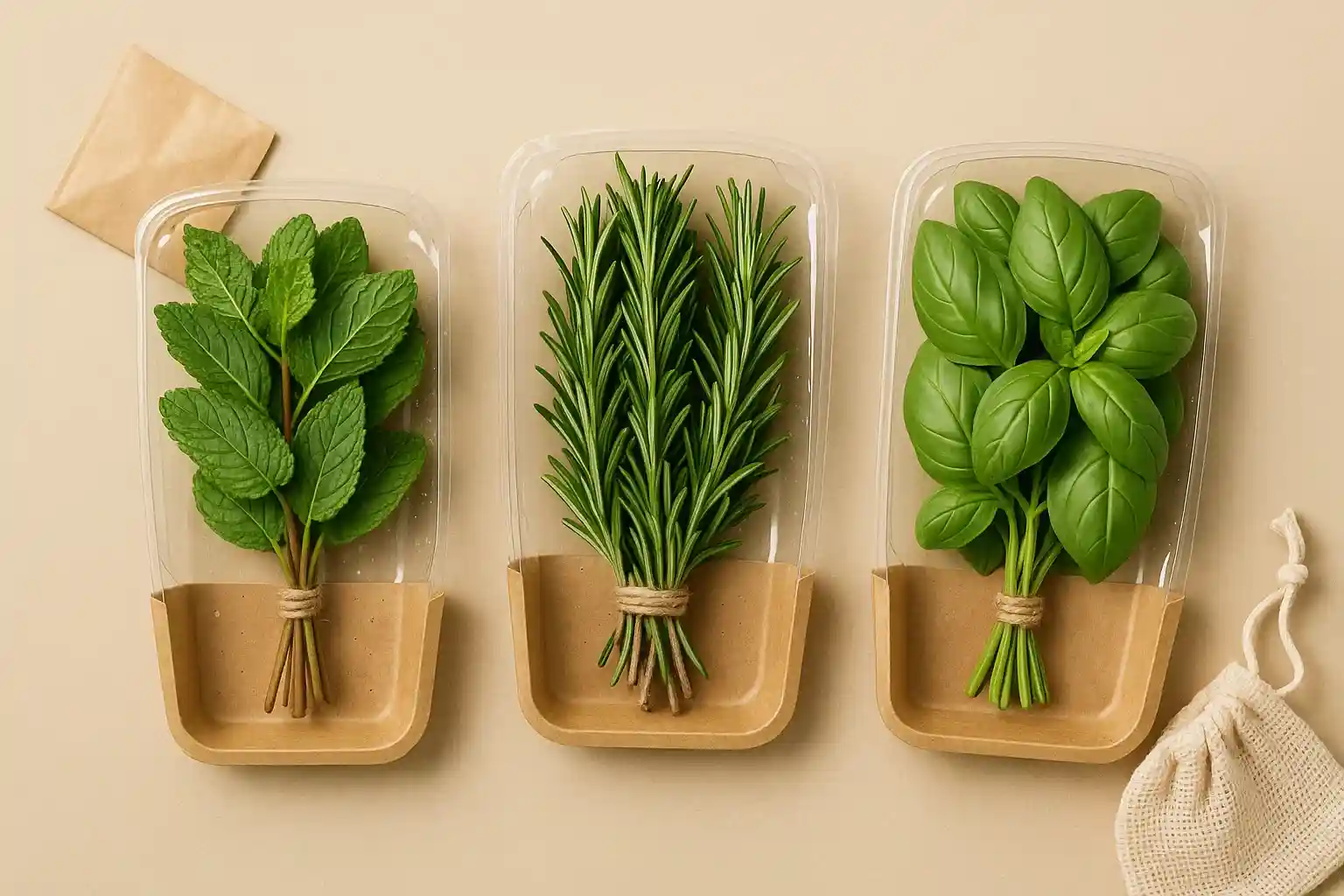
The world of culinary arts often calls for the vibrant flavors and aromatic nuances of fresh herbs. Whether it's the bright zest of cilantro, the earthy notes of rosemary, or the delicate fragrance of basil, fresh herbs elevate our dishes and add a touch of freshness to our cooking. However, the convenience of pre-packaged herbs, often sold in small plastic clamshell containers or tied with plastic ties, comes with a significant environmental cost. These single-use plastic packages contribute to the ever-growing problem of plastic waste, and the herbs themselves can sometimes wilt or lose their vibrancy before we have a chance to use them all. Embracing a zero-waste kitchen necessitates a more mindful approach to sourcing our herbs, prioritizing freshness, reducing packaging, and often enhancing the flavor of our culinary creations.
The lifecycle of pre-packaged herbs is a prime example of linear consumption. Plastic containers are manufactured, herbs are harvested and packaged, often with additional plastic ties or labels, and then transported to supermarkets. After a relatively short shelf life, any unused portion, along with the plastic packaging, is typically discarded, destined to persist in landfills for centuries. The small amount of herbs contained within a relatively large plastic package represents a significant amount of waste per serving. Recognizing this unsustainable pattern, many home cooks are seeking more responsible and eco-conscious ways to obtain their fresh herbs, opting for options that minimize packaging and maximize flavor and freshness.
Fortunately, a variety of readily available alternatives can easily replace pre-packaged herbs, offering a more sustainable and often more flavorful approach to adding herbaceous notes to our cooking. By embracing homegrown herbs, purchasing bulk fresh herbs from farmers' markets or grocery stores, or opting for farmers’ market bundles, we can significantly reduce packaging waste and enjoy the vibrant taste and aroma of freshly harvested herbs. These alternatives offer a way to enhance our culinary experiences while minimizing our impact on the planet.
Cultivating Flavor Sustainably: Exploring Fresh Herb Alternatives
Moving beyond the convenience of pre-packaged herbs opens up a world of more environmentally conscious and often more flavorful ways to source these essential culinary ingredients:
Homegrown Herbs: Freshness at Your Fingertips
Growing your own herbs at home is arguably the most sustainable and rewarding way to ensure a constant supply of fresh flavor for your cooking. Whether you have a sprawling garden, a sunny balcony, or just a windowsill, many common herbs like basil, mint, parsley, cilantro, and rosemary thrive in small spaces. Homegrown herbs eliminate the need for any packaging and offer unparalleled freshness, allowing you to harvest exactly what you need, when you need it. Kits like those offered by Back to the Roots and Click and Grow make starting an indoor herb garden easy and accessible.
Bulk Fresh Herbs: Packaging-Free Flavor
Purchasing bulk fresh herbs from farmers' markets or the produce section of your grocery store offers a way to obtain larger quantities of herbs without the individual plastic packaging of pre-portioned containers. Farmers' markets often sell herbs in simple bundles tied with twine or rubber bands, minimizing waste. The produce section of many grocery stores also sells bunches of fresh herbs that you can select yourself, choosing the quantity you need and often using your own reusable produce bag to transport them.
Farmers’ Market Bundles: Supporting Local and Reducing Waste
Opting for farmers’ market bundles of fresh herbs not only supports local farmers and reduces transportation emissions but also typically involves minimal packaging. Farmers often bundle herbs together with twine or paper ties, avoiding the plastic clamshell containers common in supermarkets. These bundles are often fresher and more flavorful than pre-packaged options that may have traveled long distances.
Embracing a Zero-Waste Kitchen: Mindful Herb Sourcing
By consciously choosing homegrown herbs, purchasing bulk fresh herbs, or opting for farmers’ market bundles, we can significantly reduce the amount of plastic packaging associated with this essential culinary ingredient. Embracing these sustainable sourcing methods not only benefits the environment but also enhances the flavor and freshness of our cooking.
Related Blogs
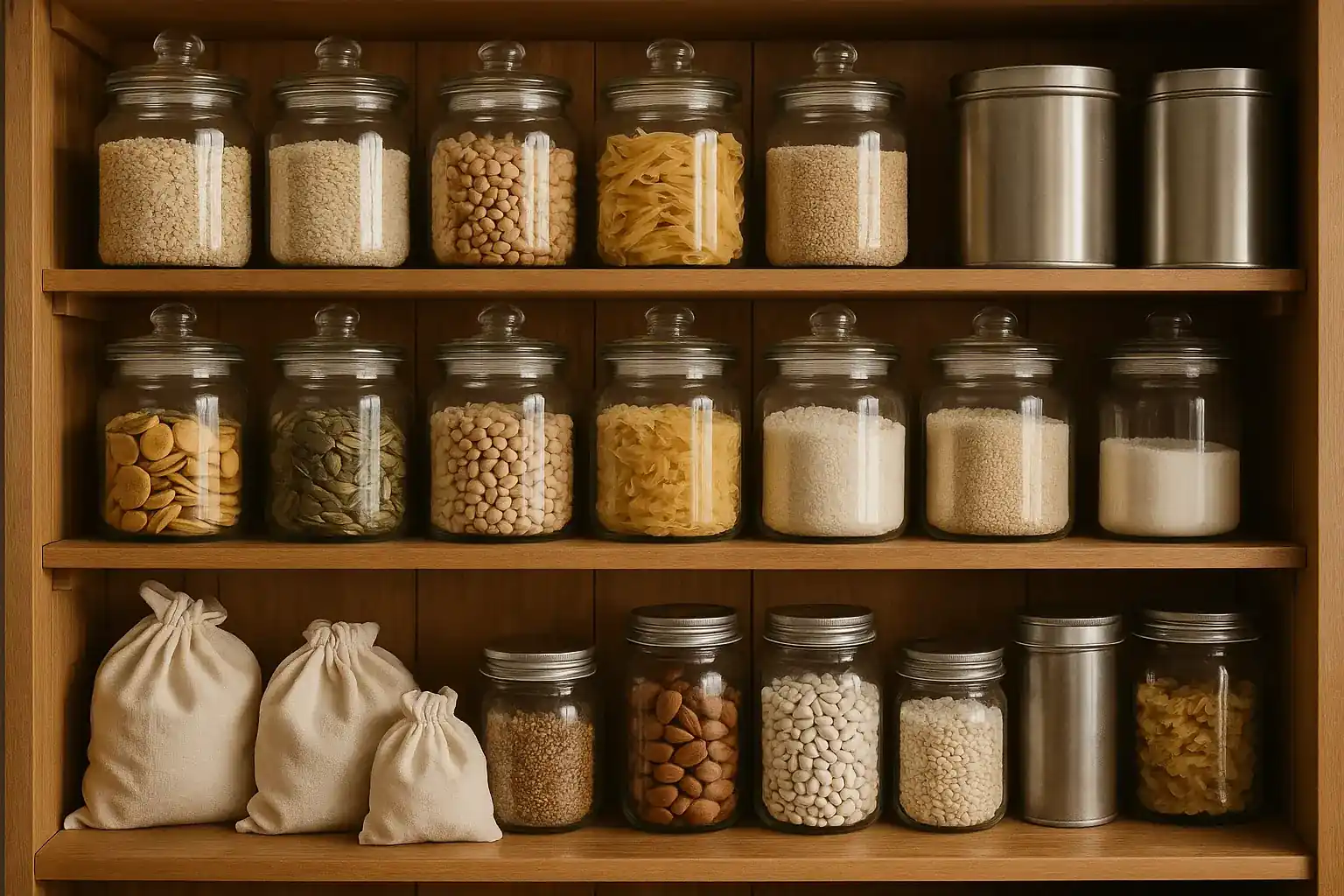
Say Goodbye to Single-Use: 10 Easy Swaps for a Plastic-Free Pantry
Insights on 10 easy swaps for a plastic-free pantry in a sustainable way.
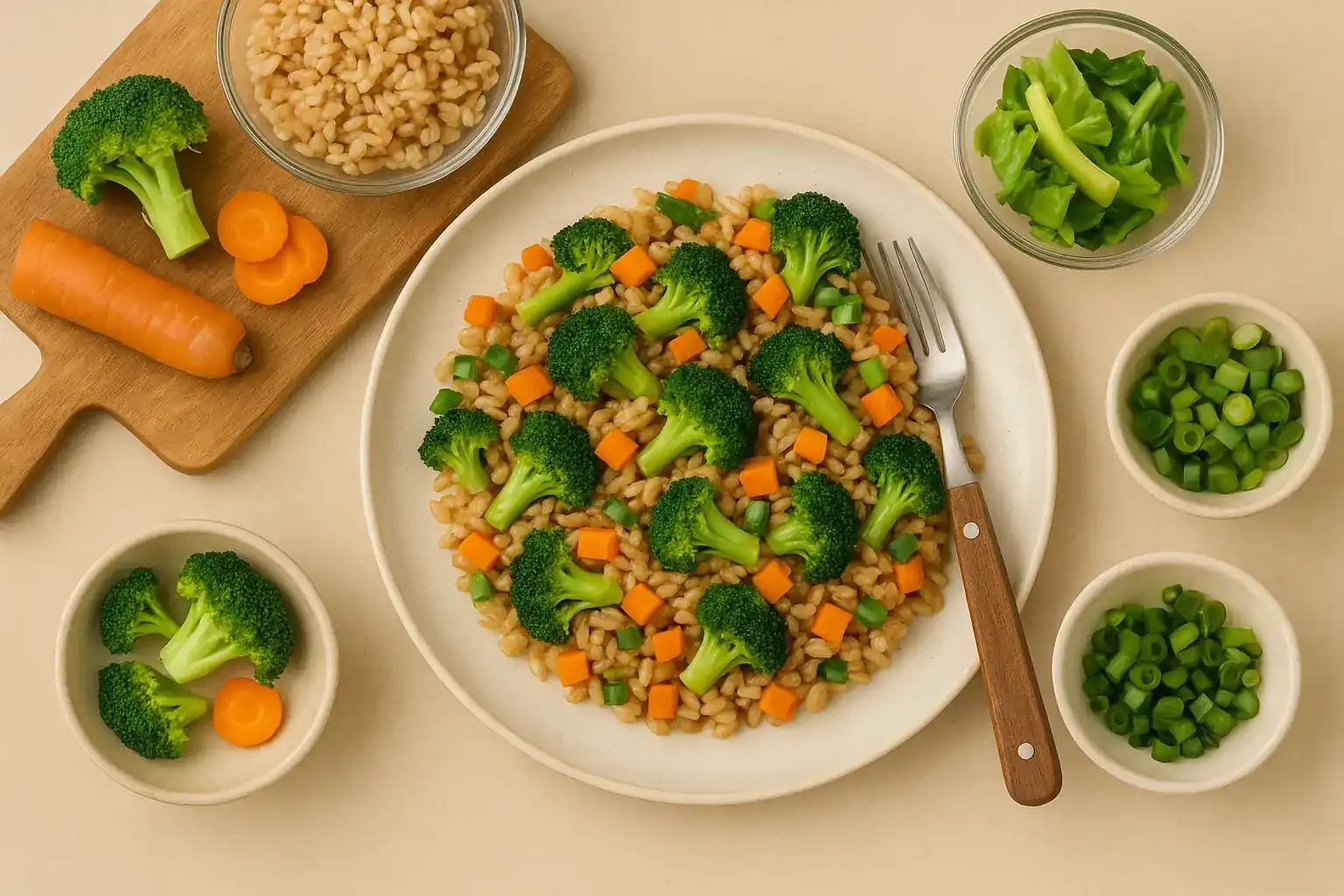
A Week of Delicious Transformations: Zero-Waste Recipes Using Your Leftovers
Insights on a week of zero-waste recipes using leftovers in a sustainable way.
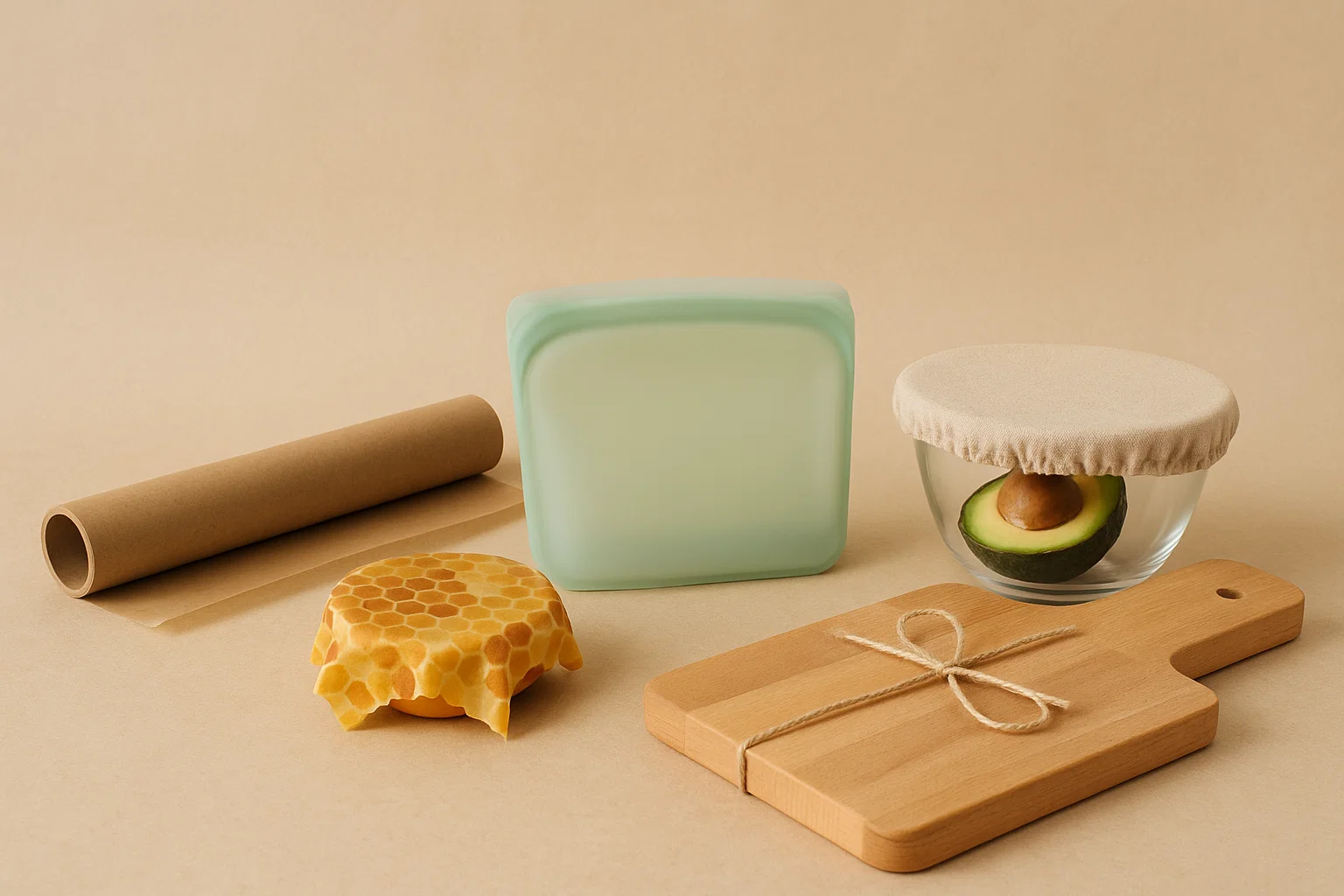
Beyond the Foil: Reusable Alternatives for Sustainable Baking and Food Storage
Opt for reusable silicone baking mats, covered bakeware, and beeswax wraps instead of aluminum foil.

Brew Better, Waste Less: Sustainable Alternatives to Single-Use Coffee Pods
Lower waste and enjoy better flavor with reusable pods, French presses, or Moka pots.
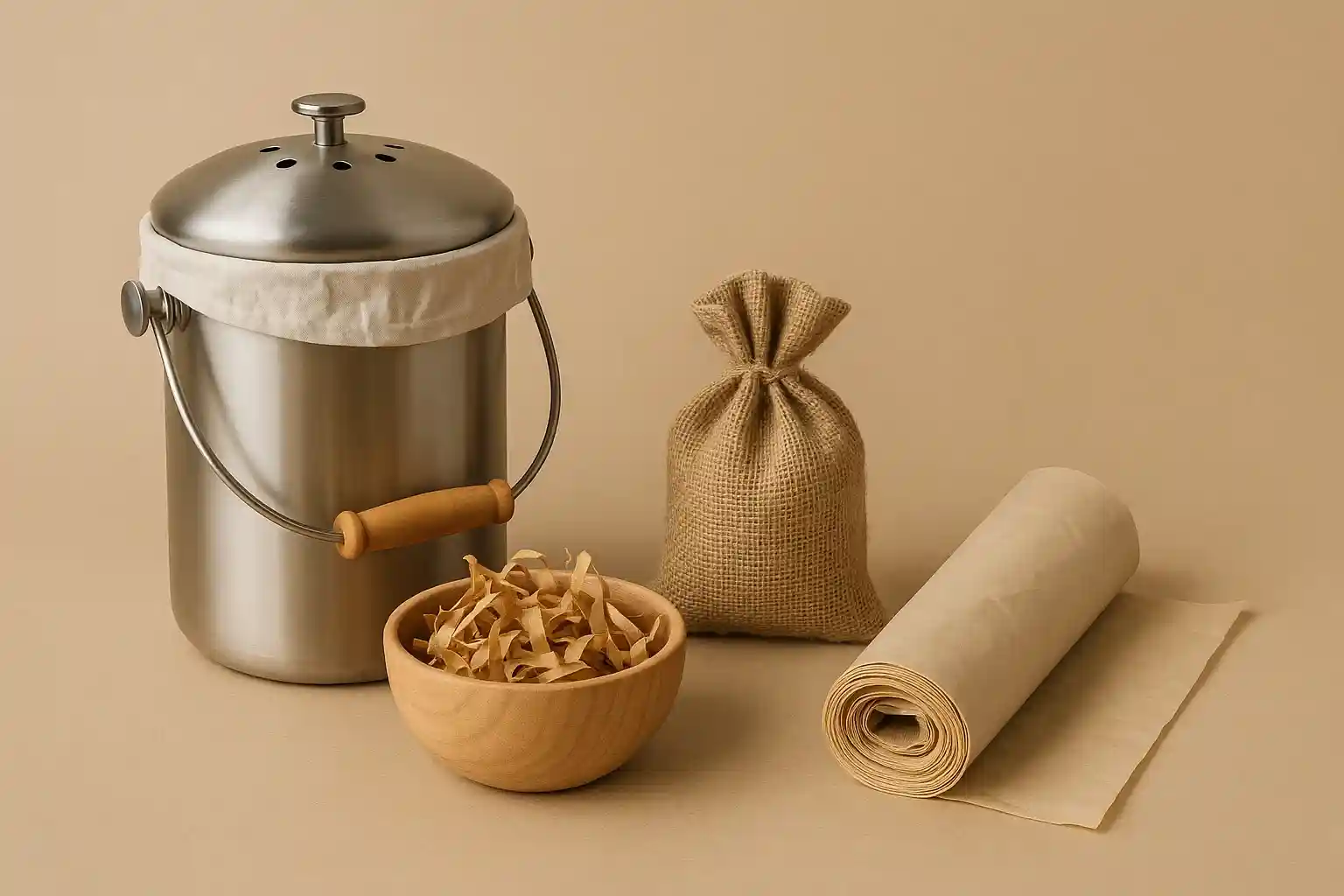
Compost Without the Carry-On: Sustainable Alternatives to Store-Bought Compost Bags
Reduce unnecessary plastic in composting with newspaper liners, bag-free bins, or DIY liners.

Compost Happens (Even in Apartments!): Your Beginner's Guide
Practical advice and actionable tips for composting 101.
Stay in the Loop
Get tips and insights tailored to your interests — no spam, just sustainability.